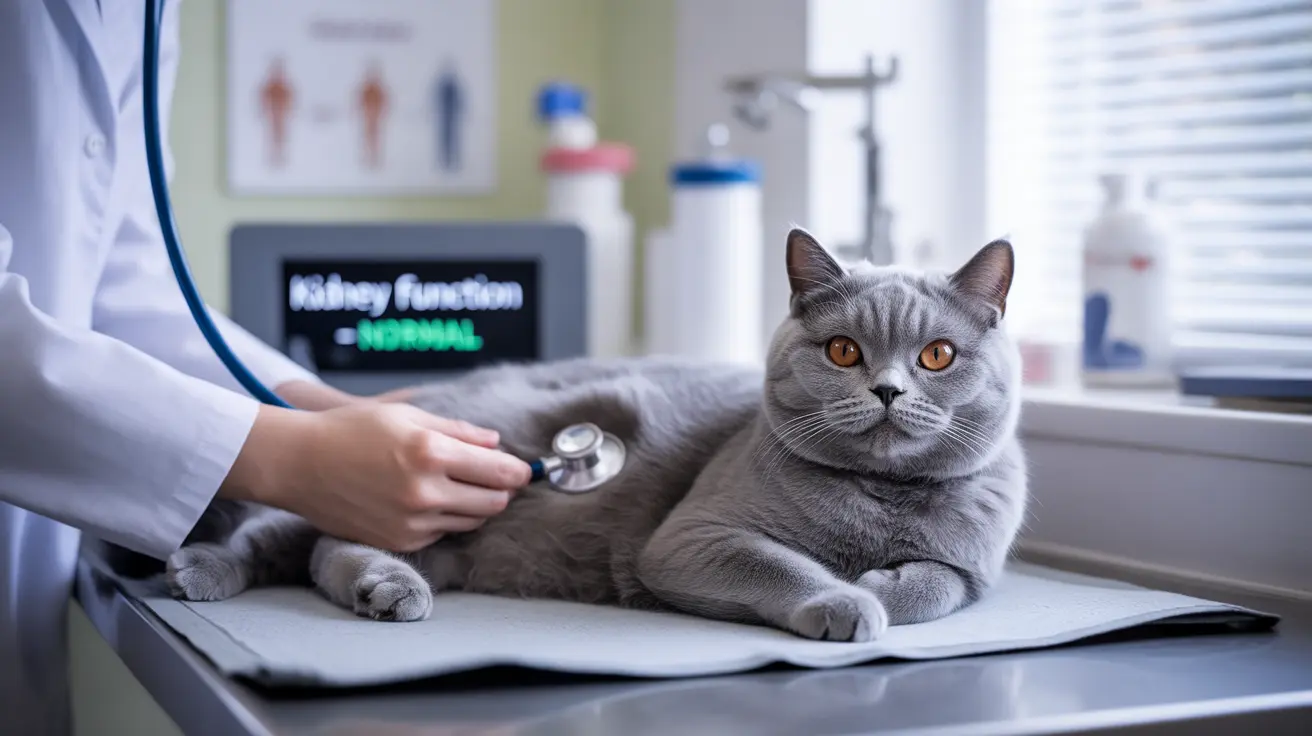Understanding Feline Kidney Disease
Kidney disease affects a significant portion of the feline population, with studies showing that 30-40% of cats over age 10 develop some form of kidney dysfunction. The condition can manifest either as acute kidney failure, which develops suddenly, or chronic kidney disease (CKD), which progresses gradually over time.
The kidneys play a vital role in your cat's health, filtering waste from the blood, maintaining hydration, and regulating various bodily functions. When these organs begin to fail, it can lead to a cascade of health issues that significantly impact your cat's quality of life.
Early Warning Signs and Symptoms
Detecting kidney disease early can make a substantial difference in your cat's prognosis. Watch for these initial warning signs:
- Increased thirst and urination
- Subtle weight loss
- Changes in appetite
- Lethargy or decreased activity
- Poor coat condition
- Bad breath with an ammonia-like odor
Treatment Options and Management Strategies
While kidney disease cannot be cured, various treatment options can help manage symptoms and improve quality of life:
- Prescription renal diets
- Fluid therapy (subcutaneous or intravenous)
- Medications for specific symptoms
- Regular veterinary monitoring
- Dietary supplements as recommended
Quality of Life Considerations
Maintaining your cat's quality of life becomes paramount as kidney disease progresses. Key factors to monitor include:
- Appetite and water intake
- Activity levels and interest in daily activities
- Pain or discomfort levels
- Ability to use the litter box
- Social interaction and behavior changes
When to Consider Euthanasia
The decision to euthanize a cat with kidney disease is deeply personal and should be made in consultation with your veterinarian. Consider euthanasia when:
- Your cat shows persistent refusal to eat or drink
- There's severe, uncontrollable vomiting or diarrhea
- Quality of life has significantly deteriorated
- Good days are consistently outnumbered by bad days
- Traditional treatments no longer provide relief
Frequently Asked Questions
What are the early signs of kidney disease in cats that owners should watch for?
Early signs include increased thirst and urination, subtle weight loss, decreased appetite, and changes in litter box habits. Some cats may also show mild lethargy or changes in grooming behavior.
How is the progression of chronic kidney disease in cats staged and what symptoms appear at each stage?
Kidney disease is typically staged from 1-4, with Stage 1 showing minimal symptoms and Stage 4 being end-stage disease. Symptoms progress from mild increases in drinking and urination in early stages to severe weight loss, vomiting, and lethargy in later stages.
When should I consider euthanasia for a cat suffering from advanced kidney disease?
Consider euthanasia when your cat shows persistent inability to eat or drink, uncontrollable symptoms, significant pain or distress, or when quality of life has severely declined despite treatment. This decision should always be made in consultation with your veterinarian.
What treatment options can help manage kidney disease and improve quality of life in cats?
Treatment options include specialized renal diets, fluid therapy, medications for symptoms like nausea and high blood pressure, phosphate binders, and supplements. Regular veterinary monitoring helps adjust treatments as needed.
How can I assess my cat's quality of life and decide the best time for end-of-life care with kidney failure?
Use quality of life scales that evaluate factors like appetite, mobility, hygiene, happiness, and comfort. Track good versus bad days, and consider whether your cat can still enjoy favorite activities. Your veterinarian can help you make this assessment objectively.
Conclusion
Understanding kidney disease in cats and recognizing when to consider end-of-life care are crucial aspects of responsible pet ownership. While the progression of kidney disease can be managed with proper medical care and attention, there may come a time when euthanasia is the most humane choice. Always work closely with your veterinarian to make informed decisions about your cat's care and quality of life.






